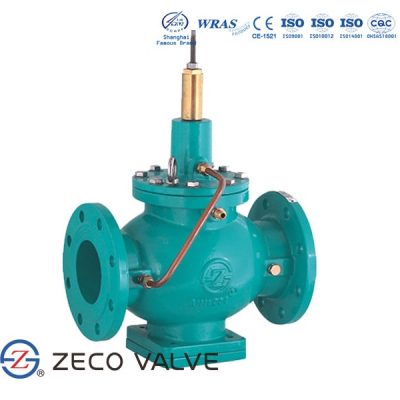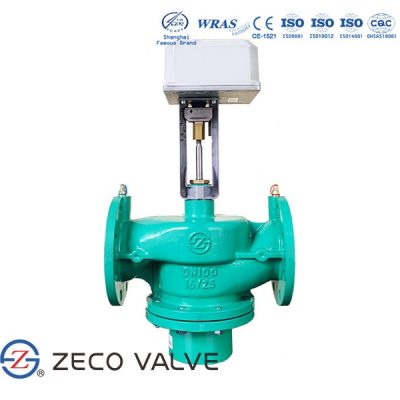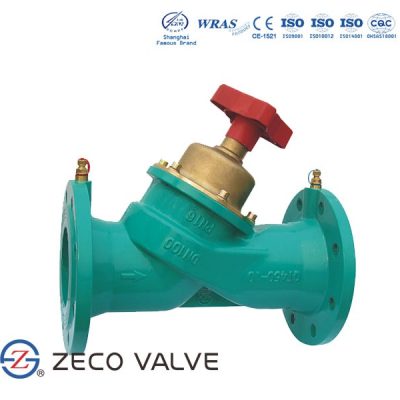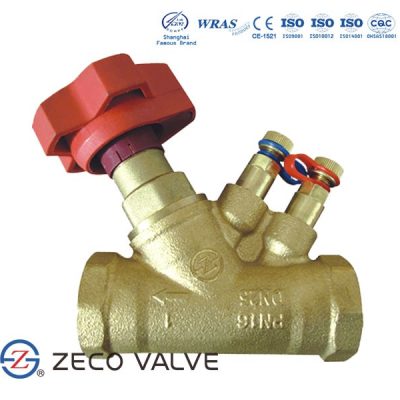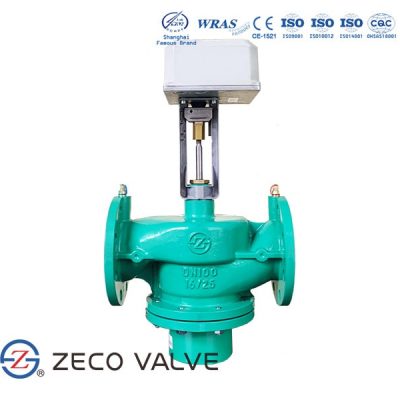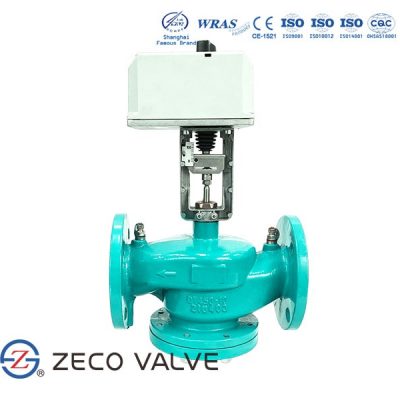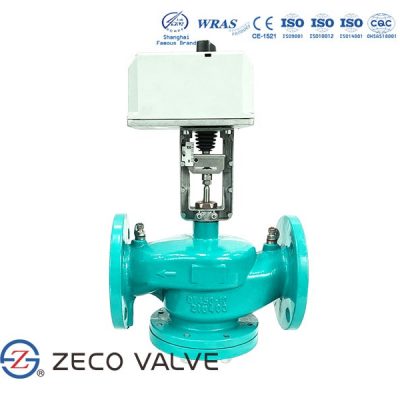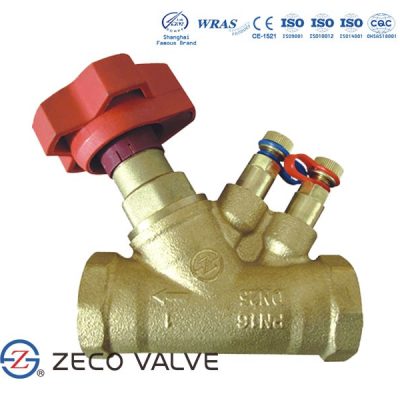ZECO is currently the only manufacturer in China with accurate KVs data and supports debugging services for balancing valves. We have our own dynamic water testing system, and all the differential pressure control valves and balancing valves used in the heating system and heating system are tested with accurate data, so as to lay a foundation for a good balance effect in the later debugging service. Below are featured balancing valves for sale.
Types of Balancing Valve
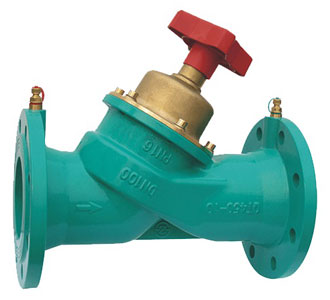
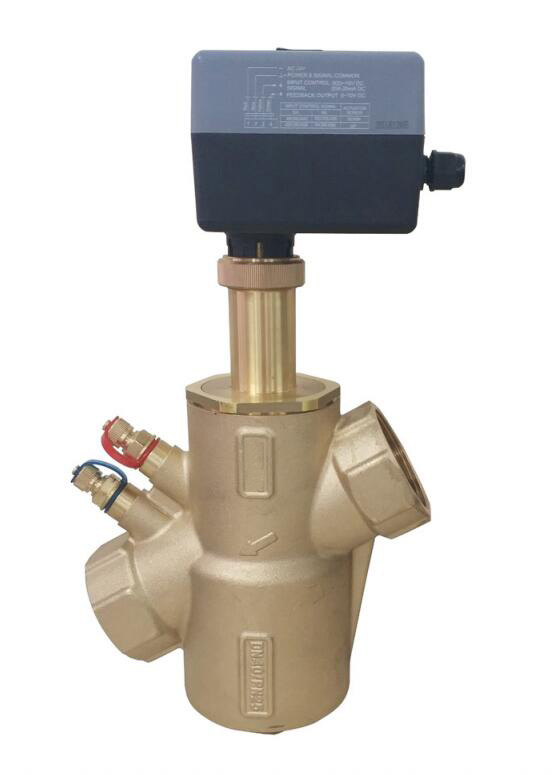
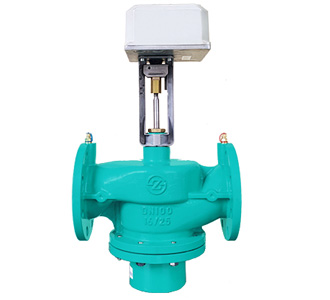
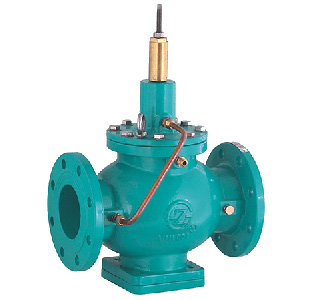
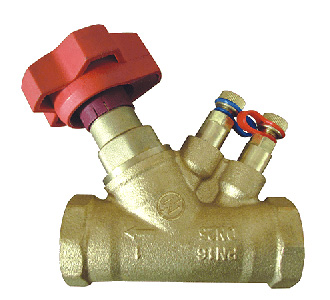
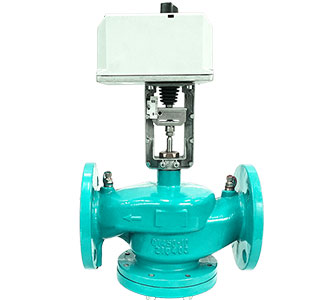
What are Balancing Valves used for?
Balancing valves maintain flow conditions so that control valves function properly in HVAC systems because unbalanced systems can produce wide temperature variations among rooms and can increase energy needs. We offer a line of balancing valves that help to heat and cooling systems perform well and cost-efficiently.
Types of Balancing Valves
Balancing valves are available in several variations to suit different hydronic systems. Some of the most prominent types are:
Static Balancing Valves
Static balancing valves—also called manual balancing valves or pressure-dependent balancing valves—offer a fixed resistance to water flow. The settings for these valves are calculated before installation and then adjusted when the valves are installed in the field. Internal valve parts remain static during system operations.
Fixed-orifice Balancing Valves
Fixed-orifice balancing valves are a type of static balancing valve that features a fixed orifice, such as a Venturi insert, combined with pressure/temperature ports that enable measurement of the differential pressure across this orifice. Because the orifice remains set during valve adjustments, the flow rate of the system can be derived easily by the pressure drop measured across the ports. This type of manual balancing valve makes for more efficient commissioning.
Dynamic Balancing Valves
Dynamic balancing valves work as flow limiters. They are set to the desired flow rate and ensure that a larger flow rate does not take place. If the pressure in front of the valve increases, it will close some more, so the pressure loss across the valve becomes correspondingly higher. This maintains the desired flow rate in the specific path.
The inlet pressure for a dynamic balancing valve needs to be higher than a certain limit for it to operate properly. This means that the resistance at the most distant valve cannot be close to zero, as is the case with static valves.
Automatic Balancing Valves
Automatic balancing valves—also known as pressure-independent balancing valves and dynamic balancing valves. These valves are designed to automatically maintain a fixed value of flow rate, despite changes in differential pressure, in order to optimize system operation. In contrast to static balancing valves, these valves have internal parts that move to compensate for changes in differential pressure, enabling them to operate more efficiently under variable load conditions.
Pressure Independent Flow Control Valves (PICV)
Pressure-independent flow control valves are all-in-one devices that combine the capabilities of balancing valves, control valves, and differential pressure regulators. They feature built-in differential pressure regulators that automatically accommodate changes in system pressure to stabilize flow within the heating or cooling components to meet different temperature demands. Pressure-independent control valves can be matched with actuators that provide remote flow control capabilities.
How does a Balancing Valve Work?
There are many methods of regulating flow through a system, so it is difficult to explain how every balancing valve functions and also keep this article brief; however, to generalize, all balancing valves utilize some form of regulation to create constant output from a variable input. A designer can be sure that, even if turbulence or losses in pressure cause a widely changing flow rate through a system, the flow rate will be constant and predictable after a balancing valve. They are analogous to resistors in an electrical circuit, where these components restrict the flow of electricity to ensure the correct voltage gets to the output. This section will explain how some common balancing valves work, and how they use mechanical properties to provide consistent flow rates.
Applications of Balancing Valves
As previously explained, balancing valves are used to maintain steady operating characteristics in a hydraulic system. This section will explore some common applications of balancing valves, to show where they have been successful in the past. This list is nowhere near exhaustive but should give you an idea of where the balancing valve shines as a regulatory device.
Some notable applications of balancing valves include:
- HVAC applications
- Heat exchangers
- Plumbing systems
- Power generation systems
- Refrigeration applications
- And more.
How do you install a Balance Valve?
- To ensure accuracy of measurement, the balance valve should be located at least five pipe diameters downstream from any fitting and at least ten pipe diameters downstream from a pump. Two pipe diameters downstream from the balance valve should be free of any fitting.
- Balance valves must be installed with flow in the direction of the arrow on the valve body. Easy access to the probe metering ports and handwheel must be provided.
- Balance valves can be installed in horizontal or vertical piping. The metering ports should never be installed below the pipe (pointing down), as this will allow system sediment to accumulate in the ports.
- Metering ports and body plugs may be interchanged for improved accessibility.


